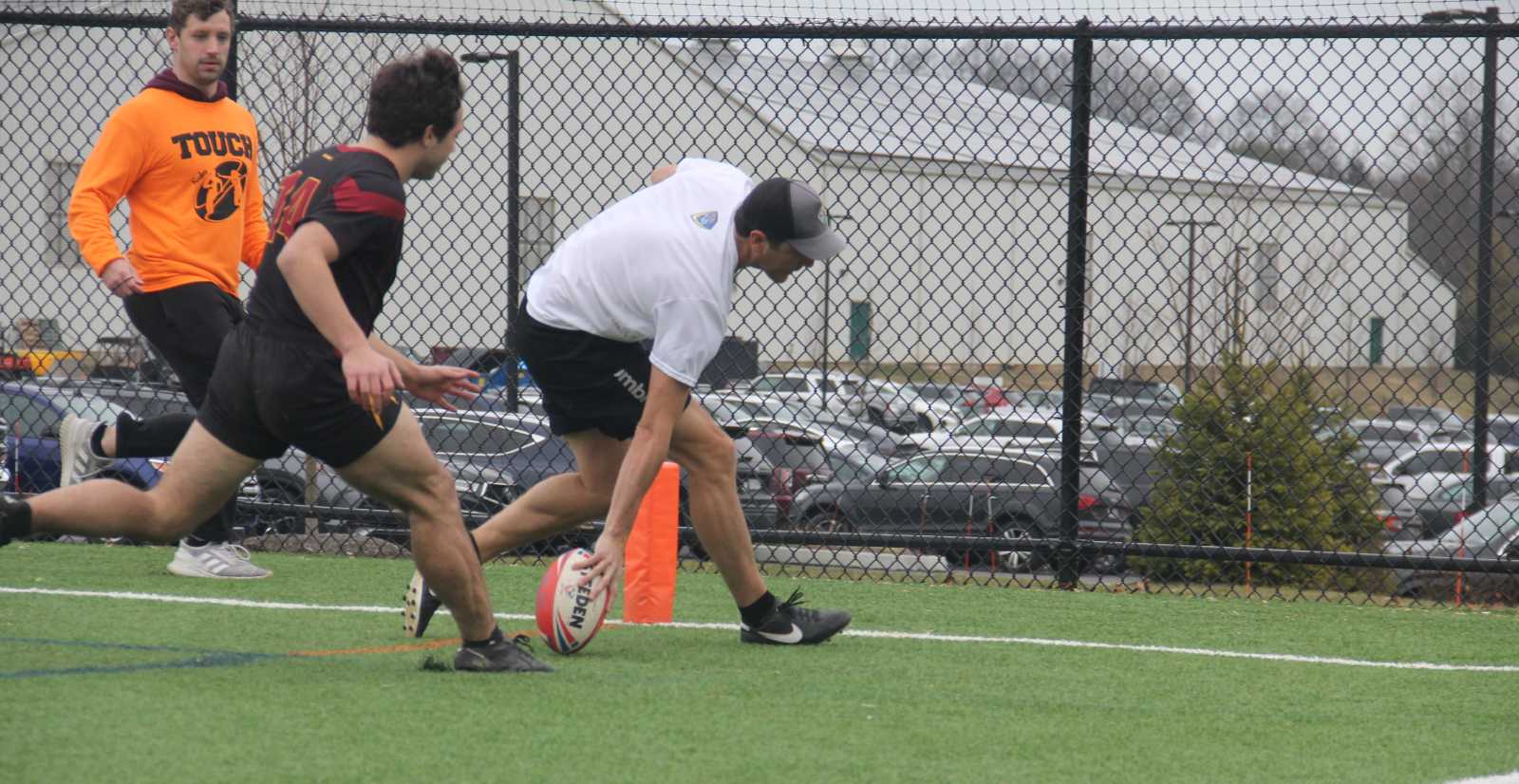Join Philly Touch
Sign up to learn more information, get practice schedule updates, and hear about upcoming social events!
Touch Rugby has a rich history that traces its roots to traditional rugby and has evolved into a popular non-contact version of the game. Touch emerged in the mid-20th century as a non-contact alternative to traditional rugby, allowing players to stay fit, remain connected to traditional rugby but without the physicality of full contact. Its origins can be traced back to Australia and New Zealand, where informal touch games were played as a recreational activity among friends and colleagues.
Touch gained popularity throughout the 20th century, with organized leagues and competitions being established around the globe. The rules were refined and standardized to create a structured and inclusive sport suitable for players of all ages and skill levels. Touch rugby welcomes everyone to play.
The sport received international recognition with the formation of the Federation of International Touch (FIT) in 1985. FIT serves as the governing body for Touch Rugby and oversees international competitions, including the Touch World Cup, which has been held biennially since 1988.
Touch Rugby experienced significant growth and expansion beyond its traditional strongholds in Australia and New Zealand. Today, it is played in countries across Europe, Asia, North America, and beyond, with millions of participants enjoying the game at both recreational and competitive levels.
Over the years, Touch Rugby has continued to evolve, with modifications to the rules and formats of the game to suit the needs and preferences of players and organizers. Variants such as mixed-gender and social touch have emerged, further diversifying the appeal of the sport.
Touch Rugby has aspirations for inclusion in the Olympic Games, with efforts ongoing to promote the sport on a global scale and showcase its accessibility, inclusivity, and excitement to a wider audience.
Sign up to learn more information, get practice schedule updates, and hear about upcoming social events!
